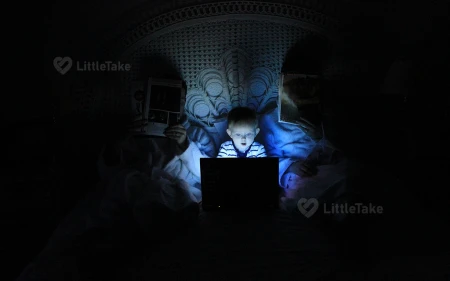
Creating a Family Media Plan
Technology is an integral part of modern life, but it's essential to strike a balance between screen time and family time. Creating a family media plan can help you manage your family's digital consumption and encourage healthier habits. This article will guide you through the process of developing a tailored plan for your family.
1. Assess Your Family's Current Media Usage
Start by evaluating your family's current media habits. Consider each family member's screen time, the types of content they consume, and how their media usage impacts their daily routines. This assessment will help you identify areas for improvement and set realistic goals for your family media plan.
2. Establish Clear Goals
Set specific, measurable, and achievable goals for your family's media use. For example, you might aim to reduce daily screen time to two hours per person or commit to a device-free family dinner every night. Having clear goals will make it easier to track progress and make adjustments as needed.
3. Create Age-Appropriate Guidelines
Develop guidelines for each family member based on their age, needs, and interests. Consider factors such as homework, extracurricular activities, and sleep schedules when creating rules for screen time and media consumption.
Real-Life Example: The American Academy of Pediatrics
The American Academy of Pediatrics (AAP) provides age-specific recommendations for screen time, such as limiting it to one hour per day for children aged 2-5 years and encouraging consistent limits for older children and teens.
4. Encourage a Healthy Balance
Promote a balanced approach to media consumption by encouraging a mix of educational, creative, and recreational content. Allocate specific times for each type of content and encourage family members to explore new interests and hobbies.
5. Implement Tech-Free Zones and Times
Designate specific areas of your home as tech-free zones, such as bedrooms and dining rooms. Additionally, establish tech-free times, like during dinner or an hour before bedtime, to help your family disconnect from screens and focus on quality time together.
6. Regularly Review and Adjust Your Plan
Regularly evaluate your family media plan to ensure it remains effective and relevant. As your family's needs and interests change, adjust your guidelines and goals accordingly. Remember that open communication and flexibility are key to a successful plan.
Conclusion
Creating a family media plan can help you foster a healthy balance between digital consumption and family time. By assessing your family's current media usage, setting clear goals, creating age-appropriate guidelines, encouraging a balanced approach, implementing tech-free zones and times, and regularly reviewing your plan, you can promote healthier digital habits for your entire family.













